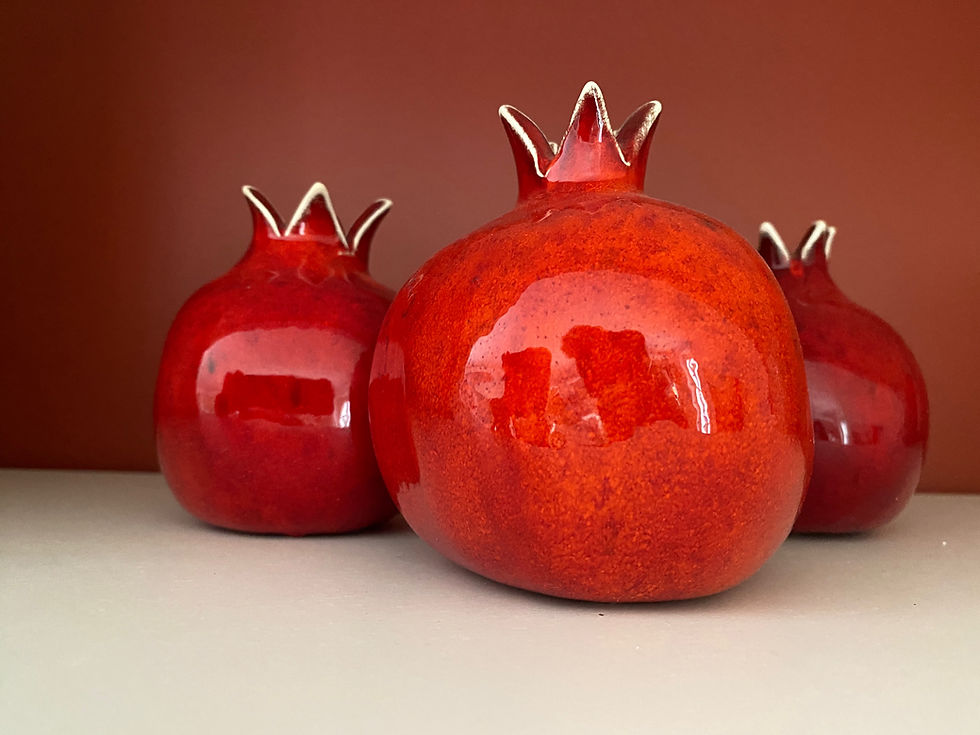Embodied Prayer
- The Rev. Christopher W. Whiteman
- Oct 14, 2021
- 2 min read
October 9, 2021

Dear friends,
How do you pray? More specifically, what do you do when you pray? Do you stand up? Do you have a prie-dieu? Do you kneel at the foot of your bed? Do you have a special cushion tucked away in a corner of your house for prayer? Do you pray while walking through the woods? Do you pray in different ways at different times?
Too often, I find that I understand prayer as a mental exercise somehow relegated just to my mind or perhaps more specifically, to my thoughts. But as human beings, we do not function as discrete parts without the whole and we cannot isolate functions to some part of the self we choose. Prayer is more than just thoughts: it is an embodied, fleshly human being entering into the presence of the divine. Our bodies matter in prayer. If we are physically exhausted, mentally drained, or emotionally depleted, prayer may consist of simple cries for help because that is all we can manage. If we are well rested and energized we may find prayer time more spacious.
The position of our body matters as well. I have been thinking about this in particular because as more of us have returned to in person worship, I am more conscious of my physical acts while presiding at the eucharist. The most obvious physical posture we adopt during the celebration is the orans posture. This is when we raise our hands in the ancient Christian position of prayer. Today when we think of prayer, perhaps images of clasped hands and bowed heads are what first come to mind, but the traditional posture is an open body, a vulnerable heart, and upraised hands.

Archaeological discoveries and a better understanding of our them have shown us examples of early Christian communities praying and this is partly why the 1979 Book of Common Prayer shifts from kneeling at the eucharist to standing. In a class I took at Episcopal Divinity School, Stephen Burns taught that there is substantial evidence for the entire congregation sdopting the orans posture during the eucharistic prayer. What a different experience that must have been! Of course this way of praying has been revived by charismatic movements in the twentieth century and I witnessed the enthusiastic lifting of holy hands on homecoming Sunday during "I am the bread of life."
What we do with our body in prayer matters. I find that the position I adopt at a particular moment changes my experience of prayer or if I pay attention to the position my body is gravitating towards, I can better understand what I am trying to express in those moments. Prayer is so much more than a thought exercise; all of who we are enters into the divine presence in those sacred moments. I would encourage you to join me in paying attention to our bodies during prayer, trying a different posture while praying, and seeing how God speaks to us through all that we are.
Blessings,
Christopher+








Comments